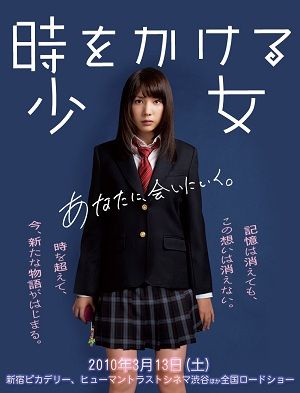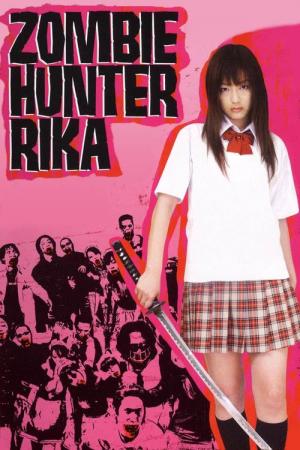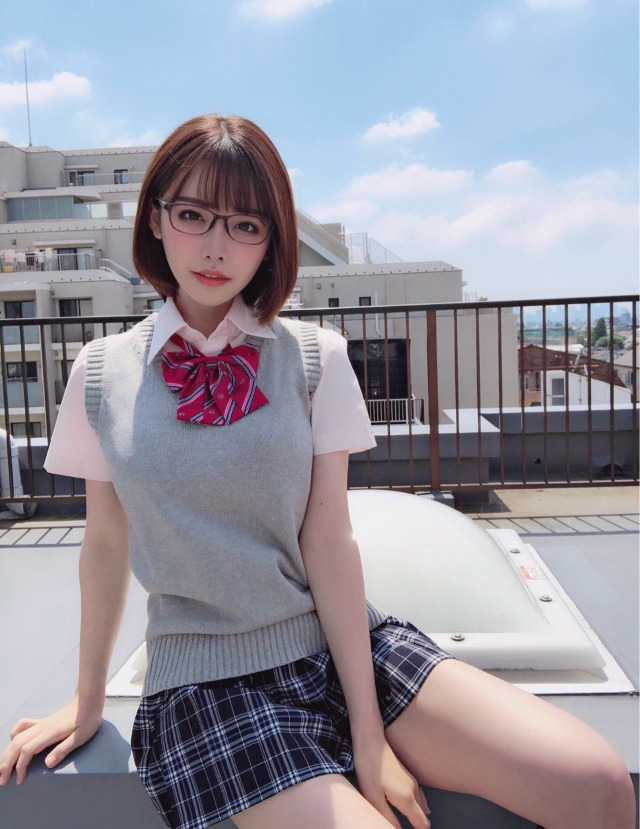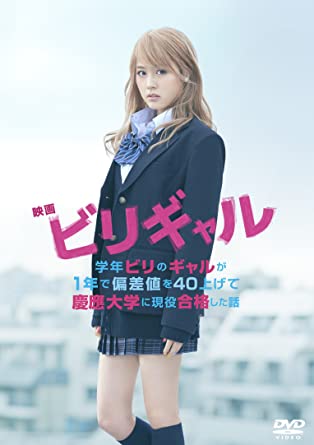Appearing on manga covers across Japan, Gyaru are the blonde, tanned accessory-covered girls and guys catching the eyes of many graphic novel fans. Playing on their glamorous image and devil-may-care attitude, they’re often paired with a shy classmate for maximum effect. Delving into the world of manga with a gyaru-twist can be a great way to find new series to read.
Who are Gyaru?
Gyaru follow a relatively niche fashion subculture inspired by western-inspired feminine style, with bleached or dyed hair, tans and heavy makeup. While Gyaru means ‘girls’ or ‘gals’ it’s not just limited to women, with male followers called gyaru-o.
Started in the seventies and peaking in the nineties, the look has undergone changes and throwbacks, with blends combining other niche looks. They’re often seen as rebellious and unruly, with a bad reputation among older generations. There are no shortage of inspirational celebrities known for the look, with the first thought to be Pamela Anderson from the series Baywatch.
Different Gyaru Styles
While there are many different styles of gyaru fashion, the two main kinds are named after areas of Tokyo where fashion is key. Shibuya-kei girls are the original, with a street-inspired look and luxury brands. The Harajuku-kei girls are more flexible, mixing different looks and inspiration with the gyaru style.
As with all subcultures, there are many off-shoots and adaptations that develop over time. Some varieties depend on behaviour, such as oyaji-gyaru, who are more masculine in their language, or age, like Kogyaru, who are high school students. Clothing and make-up style can be a further factor, with sub-styles including Amekaji, Hime Gyaru, Shirogyaru and Gyaru-serebu - read our introduction to Gyaru for a full breakdown!
Gyaru Themed Manga
While Gyaru fashion had an impact on manga, the influence worked both ways. Popular Manga ‘Gals!’ had a major impact on gyaru trends and was entirely focused on the subculture. Written by shojo manga (teen girl manga) artist Mihona Fujii, it was published in the popular Ribon magazine at the peak of the gyaru era. While ‘Gals’ reigned in the late nineties, the following decade brought a revival of manga publications like ‘Gal Japon’ which also focused on gyaru life and was published in 2010.
There have been more recent additions to the gyaru manga catalogue, with a handful published in the past five years. ‘Hokkaido Gals are Super Adorable’, or ‘Dosanko Gyaru wa Namaramenkoi’ is a popular six-volume manga by artist Kai Ikada. Protagonist Tsubasa moves from Tokyo to Kitami, the author’s hometown in rural Hokkaido and meets Minami, a ‘gal’ who befriends him. Similar to many manga featuring ‘gyaru’ characters, Minami wears short skirts, dyes her hair and is portrayed as flirtatious and roguish, but with a good heart. ‘Yancha Gal no Anjou-San’ is a similar manga, started in 2017 and still being published today, with a gyaru-befriends-boy plotline.
Gyaru Fashion Magazines
Alongside manga, gyaru culture was a major focus of fashion magazines in Tokyo in the nineties and early 2000s. Egg Magazine was a bible for gyaru in the capital, while Vivi magazine was a handbook for the latest fashion trends, later giving way to Vogue Girl Japan. Koakuma Ageha was a particularly stylish magazine promoting their own inspired style of Gyaru, known as Agejo. Mainly a style associated with hostesses, it has an alluring, mature look with a connection to the darker side of life. There are a number of popular sister magazines including ‘Ane Ageha’, aimed at those in their late twenties, ‘Kimono Ageha’ focusing on kimono style and ‘I Love Mama’, which celebrates gyaru mamas.
Gyaru Themed Anime
While not as popular as gyaru-manga, there are still an impressive amount of anime focusing on or featuring gyaru culture. Often highlighting the provocative outfits and flirtatious nature of gyaru, the characters are a mix of mischievous and fun.
Bạn đang xem: Gal là gì trong anime
Focusing on one of the Gyaru substyles, hime-gyaru (a Rococo-gyaru mix), Hime Gal Paradise was one of the most popular anime series featuring gyaru characters. Initially released in 2009, it flips the common narrative of gyaru as unusual and drops a regular high school student into a high school filled with gyaru. The story has a romantic focus and was originally a manga.
As well as following the story lines and fashion-styles of anime, the voice actresses were an influential part of gyaru anime. Ai Matsumoto and Shiina Hikari rose to fame as voice actresses, models and idols with a strong following among the anime fans. As well as creating the theme song and acting in ‘Donyatsu’ Shiina was a model in key fashion magazine Egg and Men’s Egg as well as Pop Teen, often in cosplay and creating a crossover between anime and gyaru style.
As with the many manga appearances, the gyaru characters of anime are often portrayed as overtly-sexualised, meaning a lot of the content was not always suitable for a younger audience. The crossover into erotic manga and anime is common, and should be considered for younger readers.
Chắc hẳn chúng ta đã dần quen với style phối đồ như nữ sinh trung học, vậy bạn có biết ở Nhật Bản có một subculture về phong cách này mang tên Kogal?
Cùng với trở lại của trào lưu Y2K cùng độ phủ sóng của các sản phẩm đại chúng như Girl from Nowhere hay những bộ manga/anime, giới trẻ yêu thời trang bắt đầu dành hứng thú đặc biệt đến phong cách mặc váy ngắn mix kèm vớ cao giống như một nữ sinh trung học. Tại Nhật Bản, có cả một subculture về phong cách “Nữ sinh trung học” mang tên “Kogal” vào giai đoạn 1980-2000. Vậy, Kogal là gì và vì sao nó lại được yêu thích vậy? Cùng Street Vibe tìm hiểu qua bài viết này nhé!
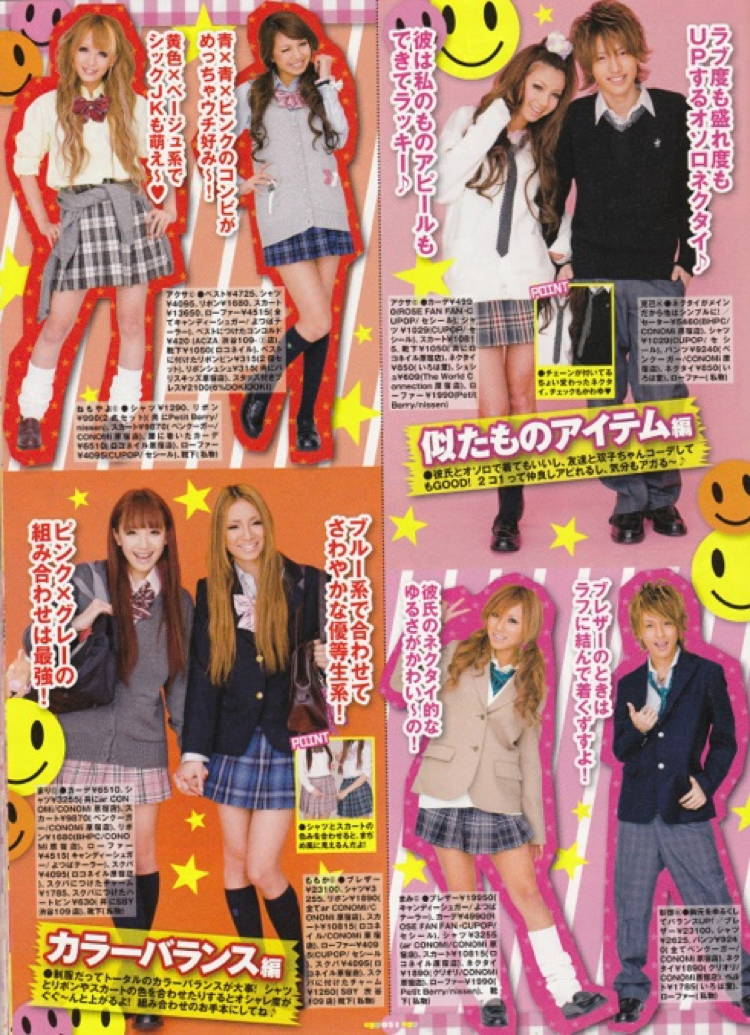
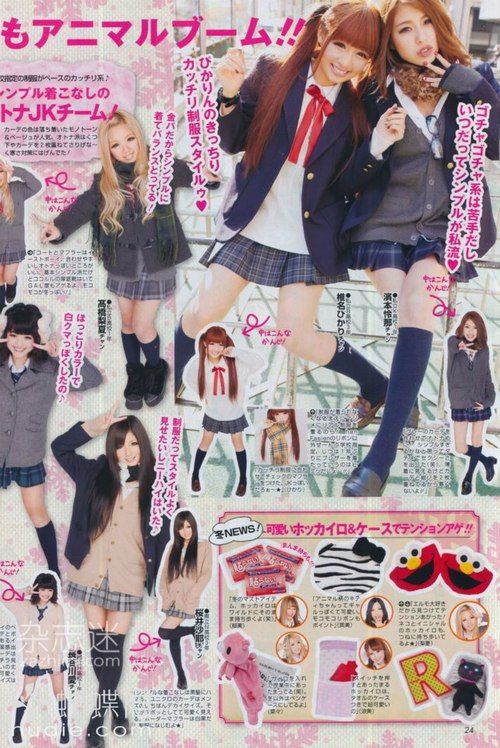
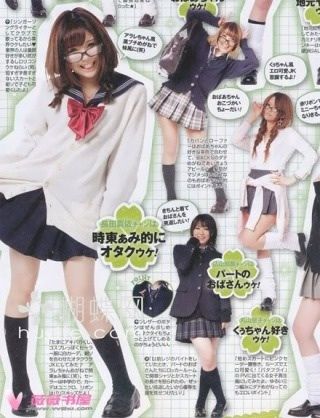
Do đó, phong cách Kogal lấy cảm hứng từ đồng phục học sinh trung học Nhật Bản làm “keyword” và hướng đến sự trẻ trung như một nữ sinh cấp 3 trong cách phối. Song, việc mặc đồ đơn thuần giống nữ sinh cấp 3 là quá nhàm chán nên các cô gái đã biến tấu bộ đồng phục sao váy ngắn hơn, nhuộm tóc, nhuộm da và mang tất trắng rộng. Miễn sao càng toát nên sự nhí nhảnh, đáng yêu và hồn nhiên càng tốt. Hiện tại, trào lưu da rám nắng không còn được ưu chuộng ở châu Á nữa nên các cô gái theo phong cách này cũng ít nhuộm da hơn trước.
Kogal là một nhánh nhỏ (sub-style) từ tiểu văn hóa/phong cách Gyaru. Theo những đặc điểm nêu trên nên Kogal thường dành cho lứa tuổi thanh thiếu niên, nữ sinh trung học và thậm chí cả những “bà cô” gần U30 nhưng vẫn mang tâm hồn thiếu nữ..
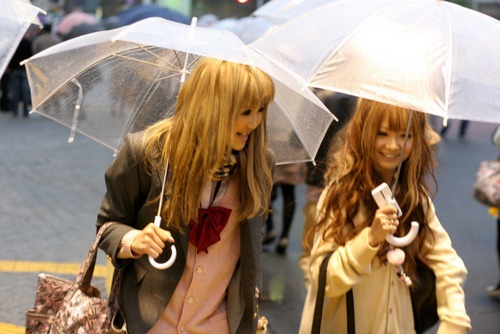
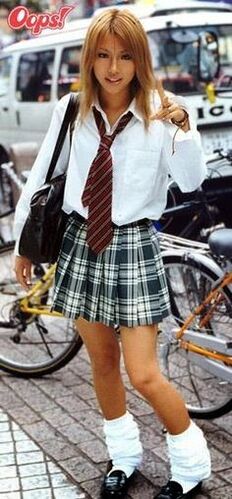
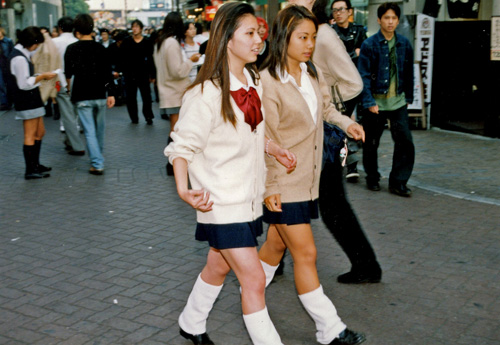
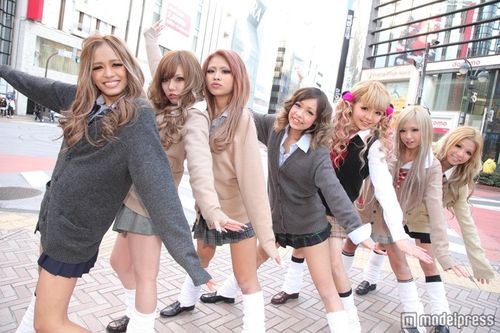
Người theo phong cách Kogal mang đặc điểm như thế nào?
Làn da rám nắng nhưng đã không còn phổ biến ở hiện tại.Tóc thường được tẩy trắng hoặc nhuộm nâu, vàngMang vớ trắng cổ rộng và thường trùng xuống thành nhiều nếp, để cố định phần vớ không tụt xuống hẳn, các cô gái Kogal sẽ dùng băng dính để cố định vớ vào bắp chân.Trang phục nữ sinh. Đương nhiên rồi, “keyword” trong phong cách Kogal là dựa trên hình tượng nữ sinh cấp 3 thì sao mà thiếu đồng phục được. Thiếu đi rồi có khác nào ăn bún đậu mà thiếu mắm tôm không?
Móng tay dài và sơn nhiều màu sao cho thật sặc sỡ, nhí nhảnh.Các món phụ kiện nhiều màu sắc và dễ thương.
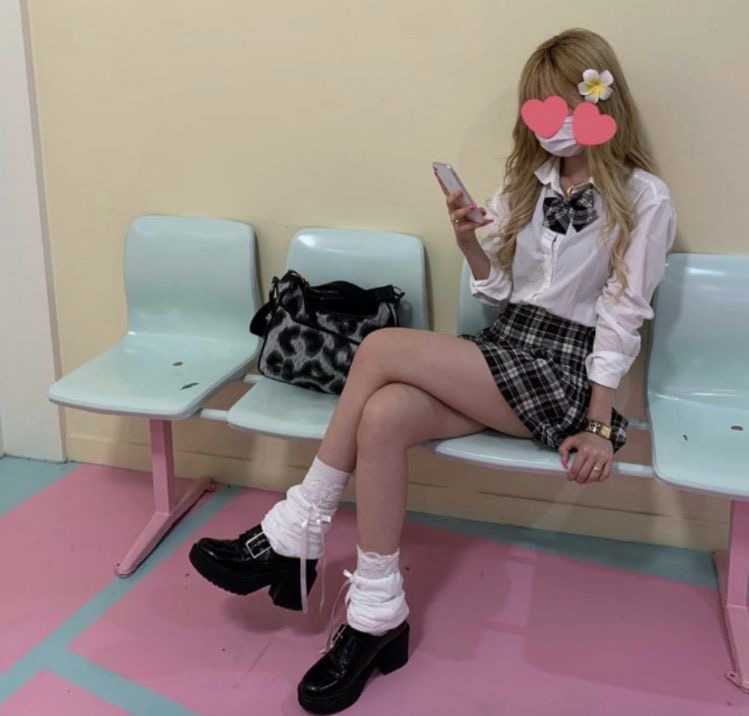
Cho đến phong cách “Nữ sinh trung học” ở hiện tại
Ở hiện tại, phong cách Kogal vẫn có thể được bắt gặp trên phố, tiêu biểu chính là những tuyến phố gắn liền với giới thời trang Nhật như Harajuku. Tuy nhiên, nó lại không còn bùng nổ hay trở thành xu hướng mà ai cũng muốn theo như thời điểm trước. Trên thật tế, đồng phục nữ sinh đối với các cô gái Nhật Bản dần trở thành một casual item mà họ mặc khi đi dạo phố chứ không nhất thiết chỉ mặc khi đến trường. Đến cả những nhóm nhạc thần tượng tại nhạc cũng được xây dựng dựa trên concept “Nữ sinh trung học” và lan xa đến Hàn Quốc.
Xem thêm: Cách Tắt Thông Báo Ngày Sinh Trên Facebook Từ Điện Thoại, Just A Moment
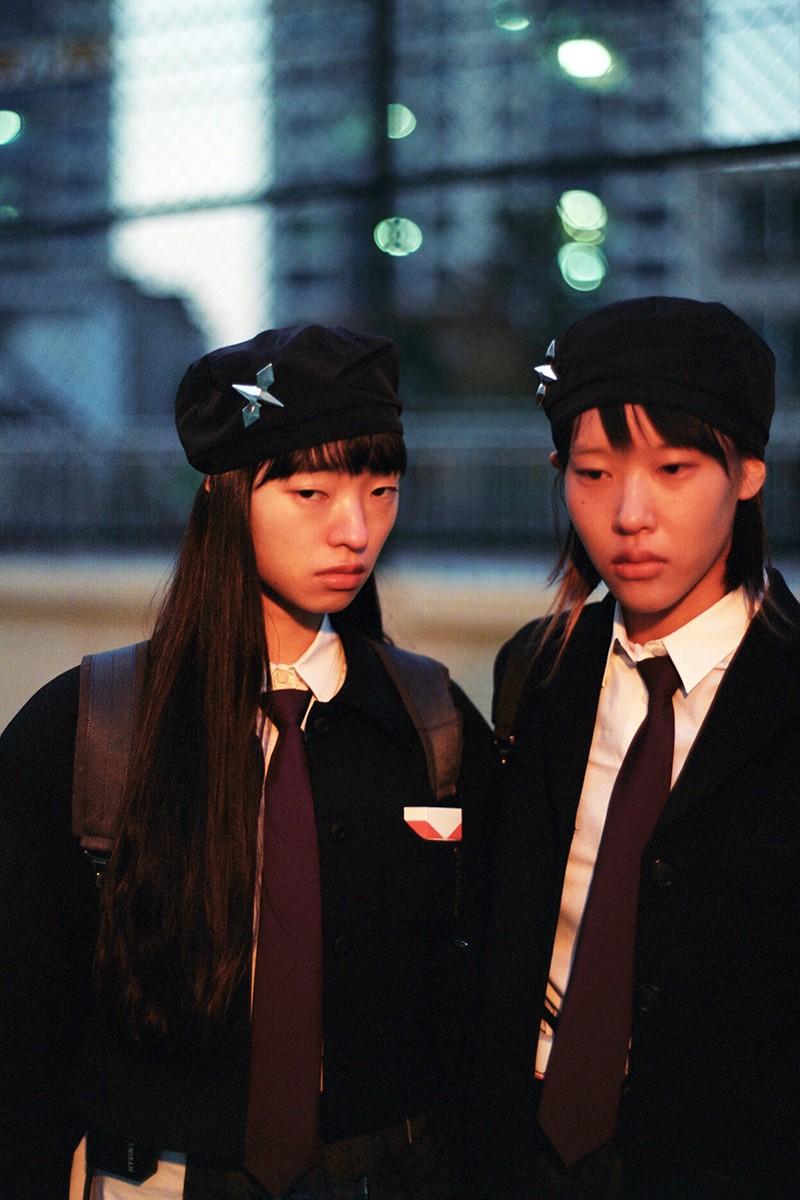
Chắc hẳn các bạn cũng rất thích xem những bộ phim về chủ đề học đường của Nhật như Bá Vương Học Đường, High and Low, Tokyo Revengers…hay hình ảnh cô nàng Nanno mặc đồng phục nữ sinh trong Girl from Nowhere đúng chứ? Đó chính là những yếu tố khiến cho phong cách học sinh trung học Nhật Bản được giới trẻ yêu thích hơn ở hiện tại.
Nếu các bạn nam thích sự “ngỗ ngáo”, quậy phá và tìm mua những chiếc áo khoác Gakuran thì với các bạn nữ chính là váy ngắn, vớ dài cùng áo sơ mi. Quả thật, mọi thứ đều có thể trở thành nguồn cảm hứng trong thời trang!
Nhân vật Gogo Yubari trong bộ phim “Kill Bill: Vol.1”“Kill Bill” chính là một trong số các tác phẩm của “Quái kiệt điện ảnh” Quentin Tarantino